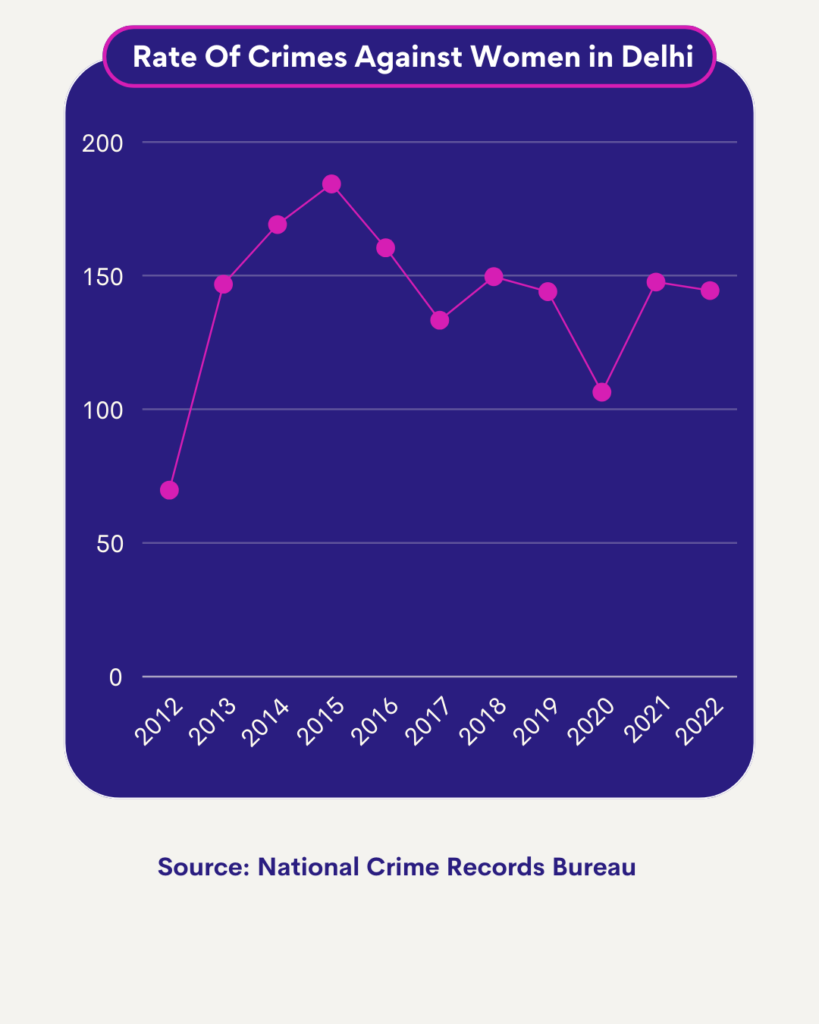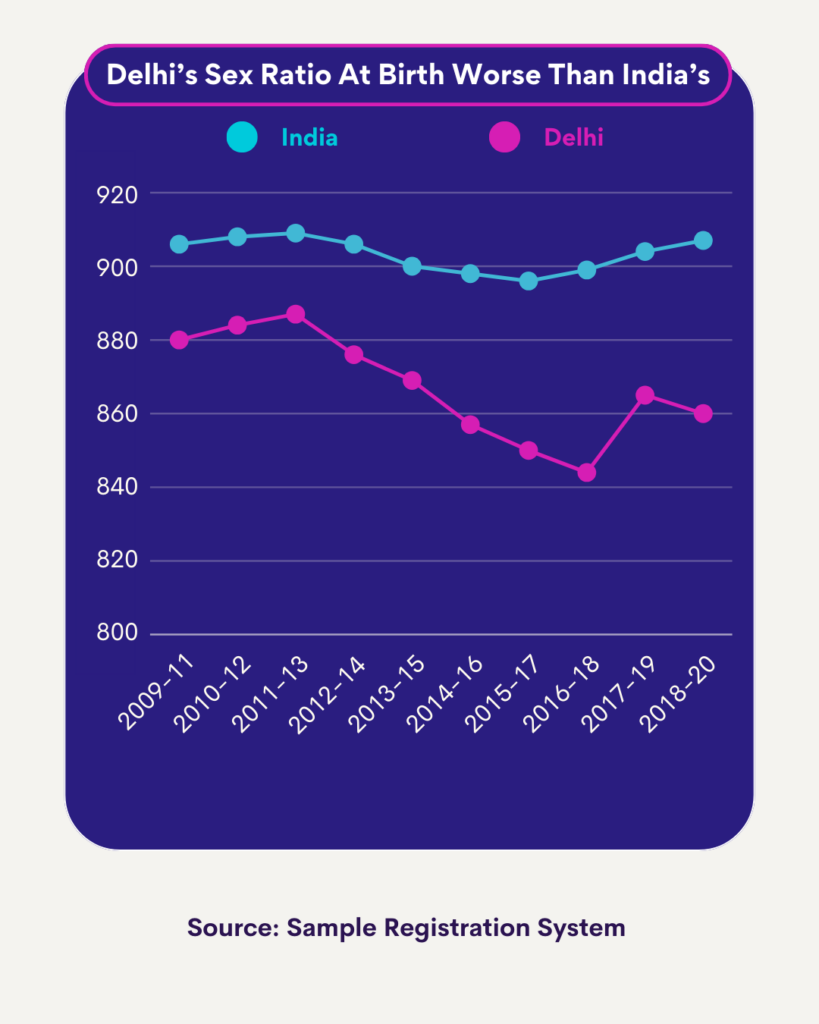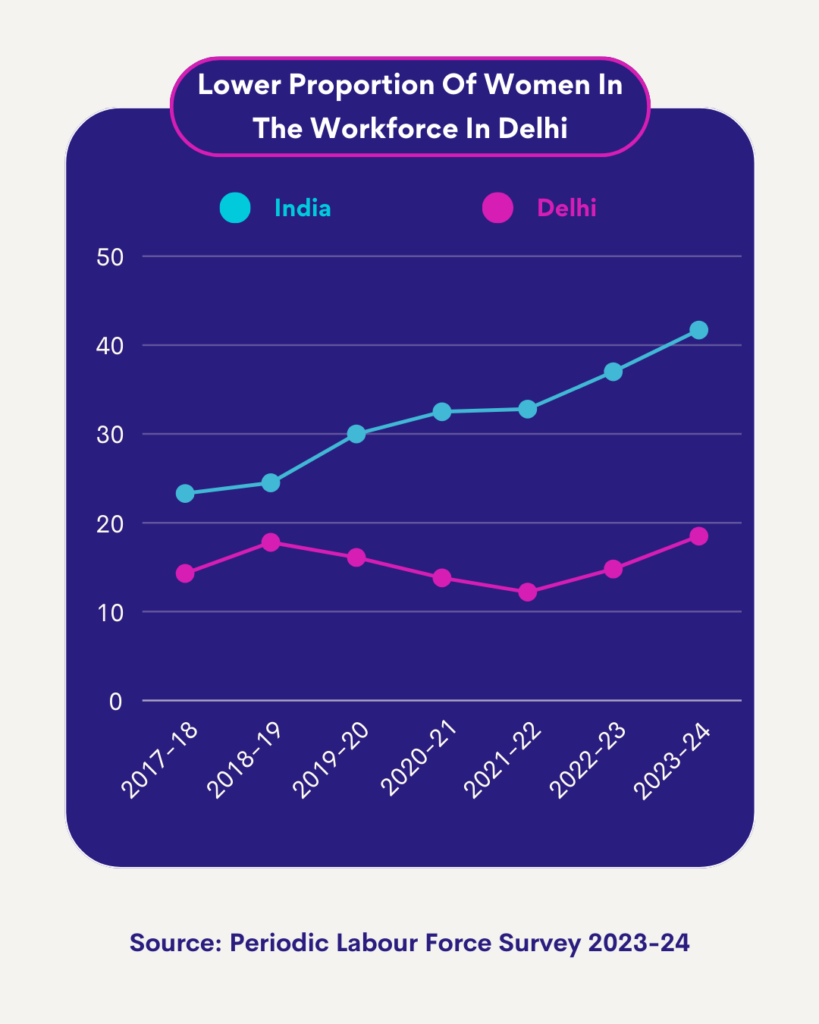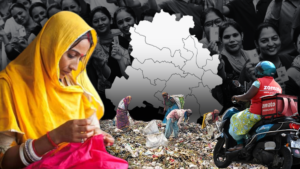[Readmelater]
Health, Environment, Crime: Where Does Delhi Stand?
Ahead of the polls for the Delhi legislative assembly, our data dive exposes how the capital city fares on key parameters
Support BehanBox
We believe everyone deserves equal access to accurate news. Support from our readers enables us to keep our journalism open and free for everyone, all over the world.









